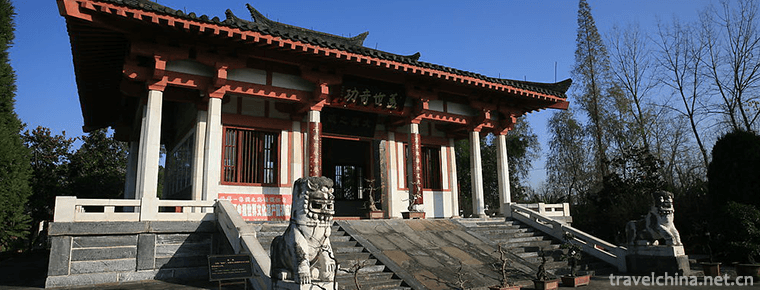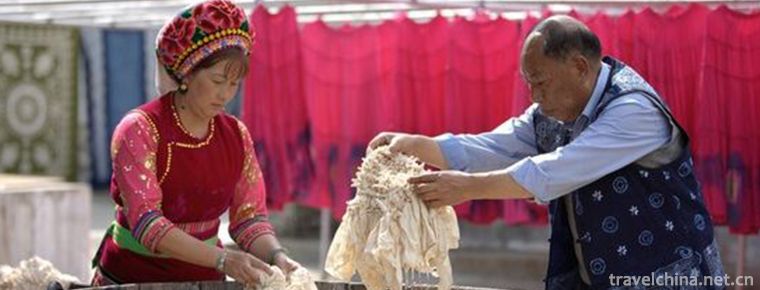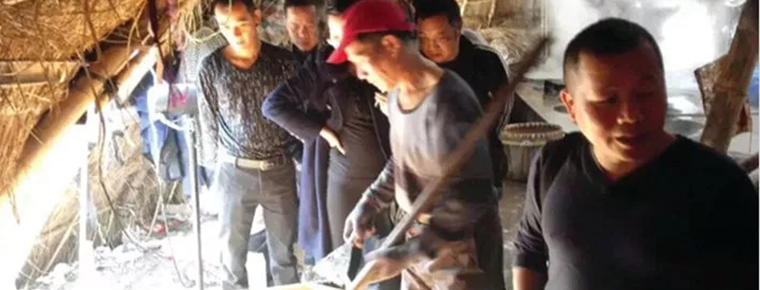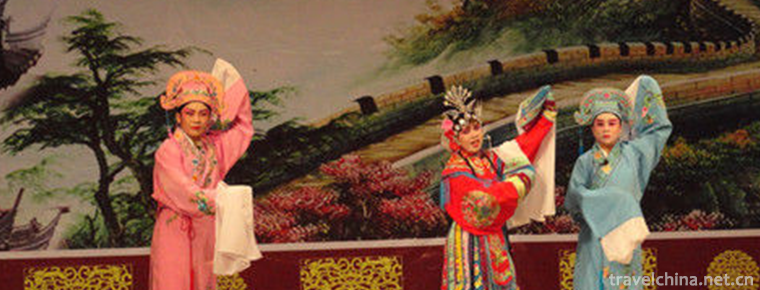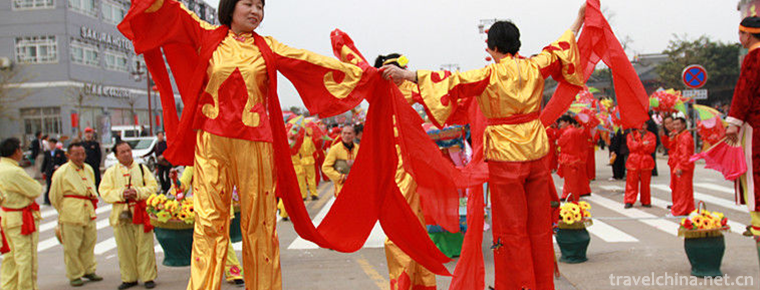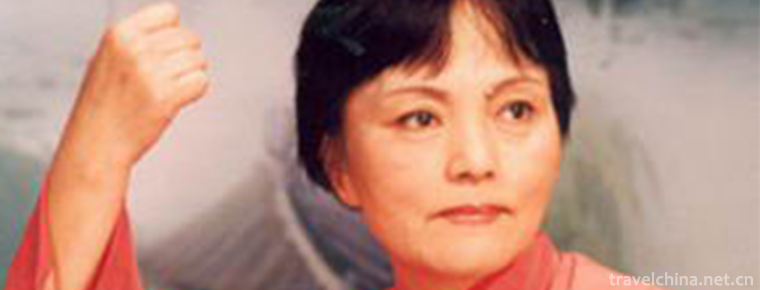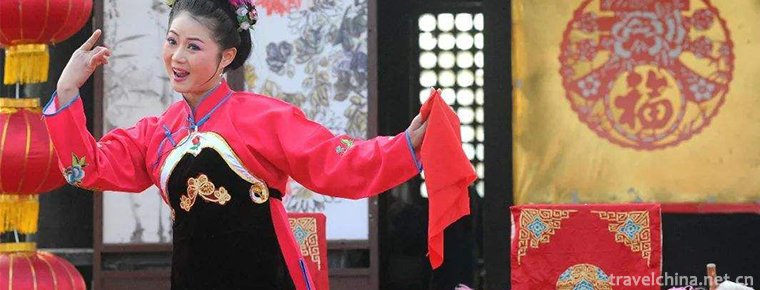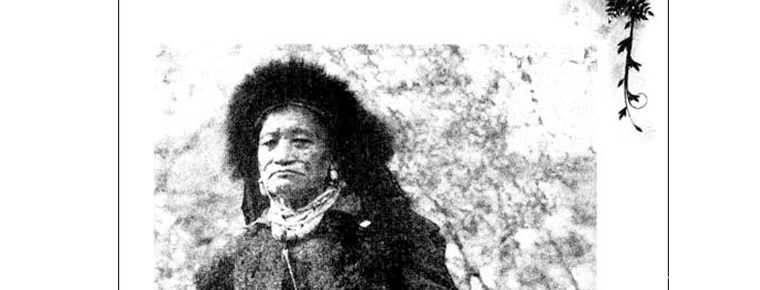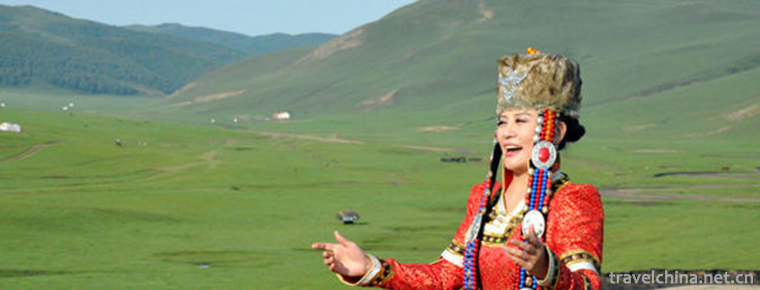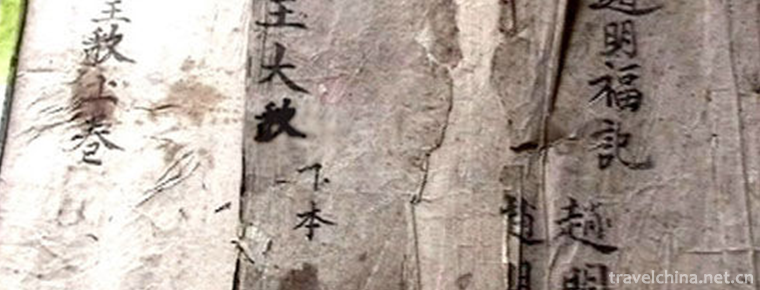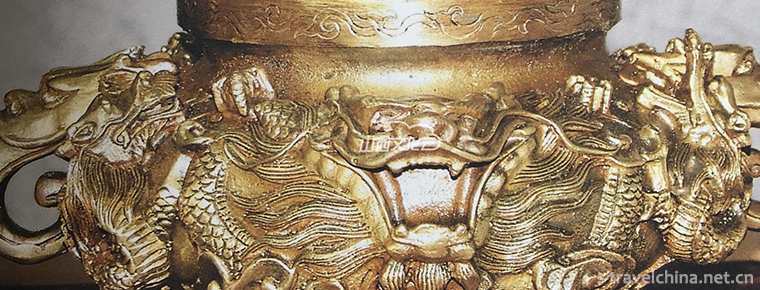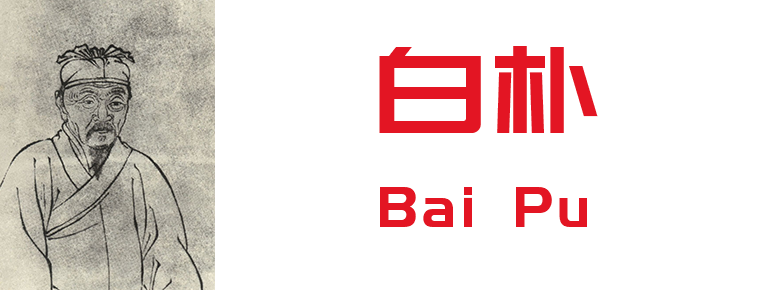China Yellow River Building
The Yellow River Building of China has the Yellow River China History and Culture Exhibition Hall, the Yellow River Ningxia History and Culture Exhibition Hall, the Yellow River Impression Exhibition Hall and the Yellow River Cultural Performance Hall. It is a museum that displays the splendid civilization of the Yellow River for 5000 years in an all-round way, an important carrier of the Yellow River culture in Ningxia, and a well-known tourist attraction in the West and even in the whole country. It is one of the highlights and landmark landscape projects of the golden bank of the Yellow River in Ningxia. It will create the first floor of the Yellow River culture in the whole country. It will also be called the four famous buildings in China with the Yellow Crane Tower, Tengwang Pavilion and Stork Tower.
Background of scenic spots
Located on the West Bank of the Yellow River in Qingtongxia City, the Yellow River Building of China started construction in July 2010. The main building is 108 meters high and can reach the roof directly by elevator. The building is composed of main building, corner building, archway, 12 zodiac totem poles, Zhenhe TieNiu and other ancillary buildings and sculptures, with a total floor area of 22,000 square meters. The design style is imitated the Ming and Qing Dynasty tower-style ancient building, the roof is golden and yellow glazed tile, the main building is nine floors above ground and two floors below ground.
The main building of the Yellow River Building is composed of three parts: underground, terrace and pavilion. Its architectural style is ancient-like buildings in Ming and Qing Dynasties. Its main building is concrete frame-shear structure, and its outer eaves are steel structure. All the domes are made of Al-Mg alloy and decorated with "Hexi Painting". The top of the main building is designed as a heavy eaves Cross Ridge with local style, and the roof is paved with golden glazed tiles. The overall style is magnificent.
The Ningxia Yellow River Museum is located in the Yellow River Building. It will excavate and sort out the cultural connotation of the Yellow River from five aspects: the Yellow River culture, irrigation culture, farming culture, Hui culture and the new rhyme of the Yellow River for the whole region and even the whole country, reflecting the soul of the Golden Bank of the Yellow River. Using LED-3D technology, physical objects, scenes and other elements, we can reproduce the history of thousands of years from Dayu water control to the people's Yellow River control and the development of the Yellow River for the benefit of mankind, fully demonstrating the "great culture of the Yellow River".
The Yellow River Building in China is one of the series of landmarks constructed by Ningxia to excavate the Yellow River culture. Taking the Yellow River culture as the axis, Ningxia has constructed such landmark buildings as the Yellow River Tower, the Yellow River altar and the ancient bronze town, and strived to build a "Yellow River Culture Exhibition Line".
Architectural style
The overall style of the Yellow River Building in China is imitating the ancient buildings of Ming and Qing Dynasty. The main tone is red and rich yellow in China. Its roof is a cross eaves with local style. You can take the elevator to the top of the building to see the rolling water of the Yellow River, feel the magnificent scenery of the river, and think about the past and the present. The Yellow River History and Culture Exhibition Hall, Ningxia Local Customs and Human Relations Exhibition Hall and the tea art hall and activity room with different characteristics are displayed in the building. Ningxia's unique Yellow River culture, Xixia culture and desert culture will be fully displayed here.
building structure
The Yellow River Building is mainly composed of main building and corner building, archway, 12 zodiac totem poles, Zhenhe TieNiu and other ancillary buildings and sculptures, with a total floor area of 22115 square meters. The design style of the Yellow River Building is a tower-style ancient building in Ming and Qing Dynasties. The top of the building is a local style cross roof with heavy eaves. The roof is golden and yellow glazed tiles, and the main building is a concrete frame-shear structure. The building elevation of the Yellow River Building is 108 meters, of which the turtle-shaped hill of the Yellow River Building is 19 meters high, the two floors of the bottom platform are 16.2 meters high, and the main building is 72.8 meters high. The building body consists of three parts: the underground part, the platform part and the pavilion part. The main building has nine floors above ground (including two interlayers), and the underground is two floors. As a whole, it is bright and dark nine floors. The attached buildings of the Yellow River Tower have four corner towers, representing spring, summer, autumn and winter respectively, meaning spring orchid, summer lotus, autumn chrysanthemum and winter plum; the Yellow River Tower has four gate towers, namely, Qinglongmen, Baihumen, Xuanwumen and Zhuqumen; the main entrance of the Yellow River Tower is the main entrance of the Yellow River Tower, with four big characters "Dadao Yellow River" written on the front main plaque of the building; and the writing on the main plaque on the back of the plaque. There are four big words "Mei'ao Yellow River". Their implications are: Da'ao Yellow River, self-improvement, good moral carrier; Mei'ao Yellow River, Guotai Min'an, Heqing Haiyan. These two sentences represent our good wish to thank Mother River and build the Yellow River Tower. On the arc square in front of the entrance of the steps of the Yellow River Tower, there are twelve bronze totem poles. The contents of the totem poles are selected from the twelve zodiacs. On the large steps of the main entrance of the Yellow River Building, the image of Tang Kaiyuan TieNiu is magnified and reproduced. TieNiu's head is north and south, its eyes are round and heavy-duty, and its image is vivid and lifelike. In this way, Tienau is in the front and the Yellow River Tower is in the back, forming a unique landscape .
Practical information
Preferential Booking
1. Citizens and students in Wuzhong City are exempted from tickets to the Yellow River Cultural Park with valid certificates. The price of tickets to the main building of the Yellow River Building is 20 yuan per person.
2. Older people over 60 years old, disabled persons and journalists are exempted from the ticket price of the Yellow River Building with valid certificates.
3. Active servicemen and children under 1.2 meters are exempt from admission tickets.
traffic
The scenic spot is in the city of Qingtongxia with convenient transportation.
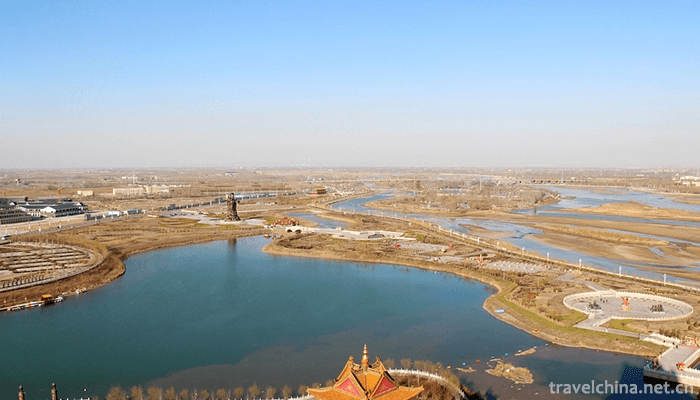
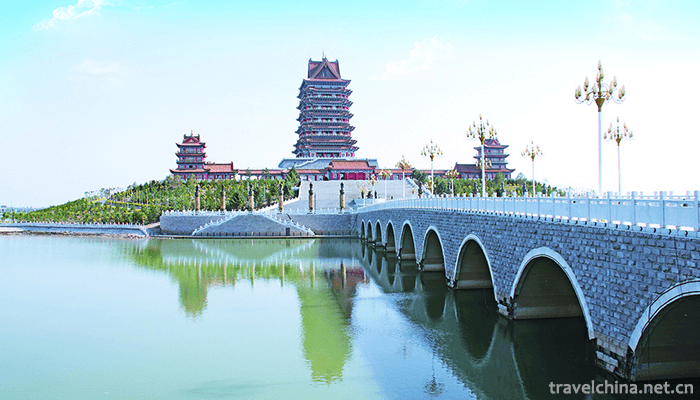
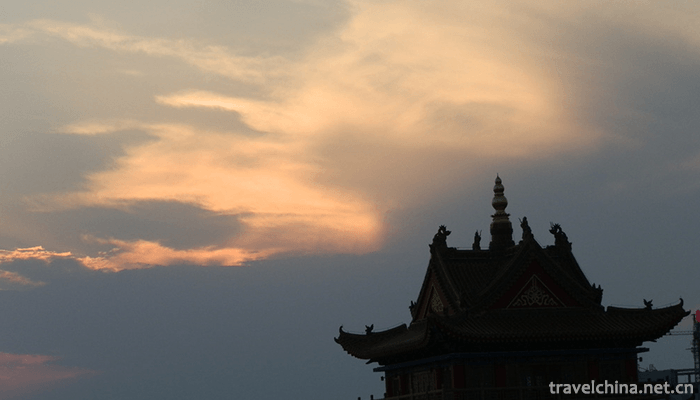
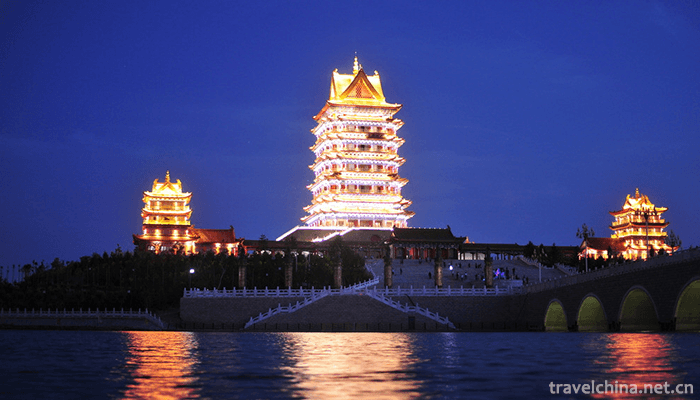
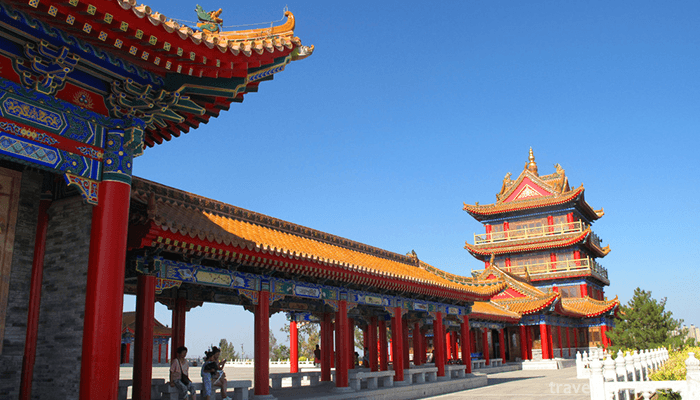
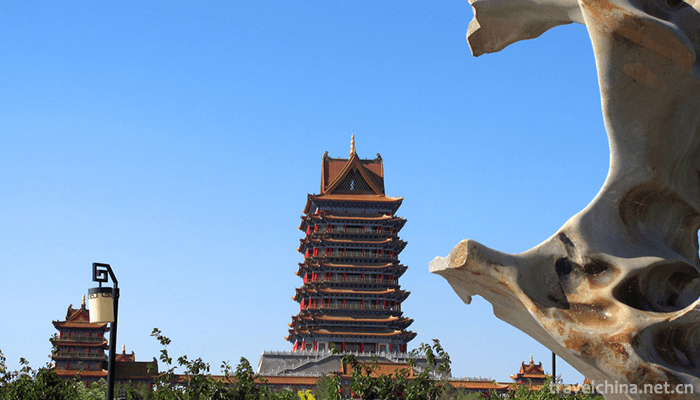
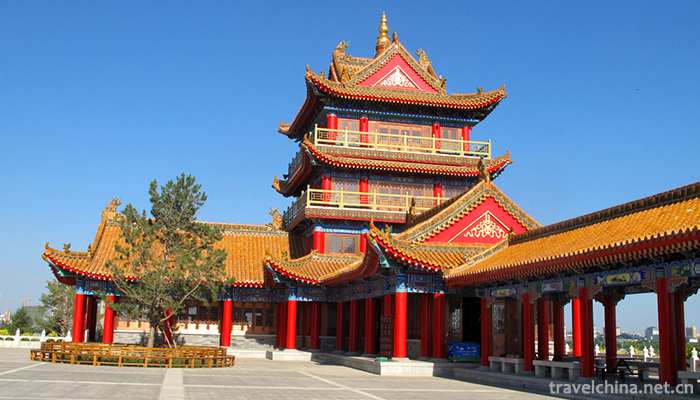

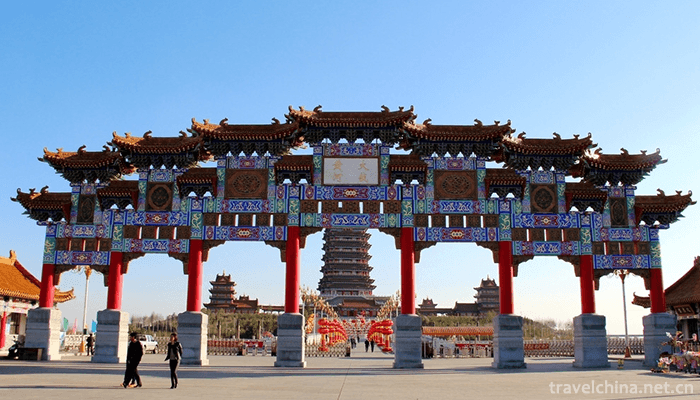

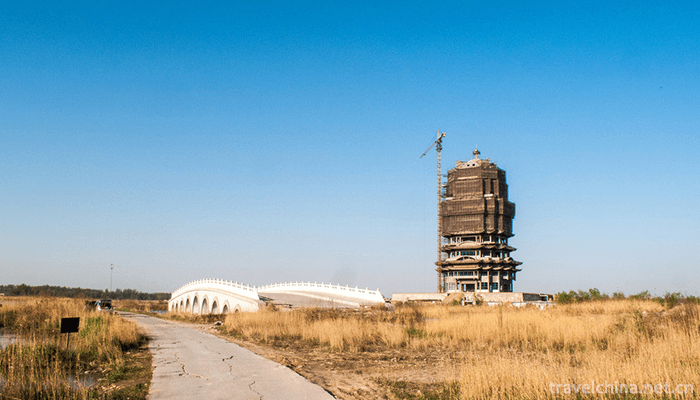
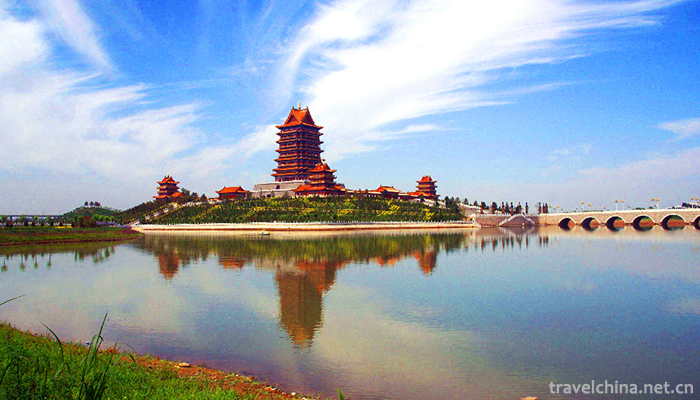
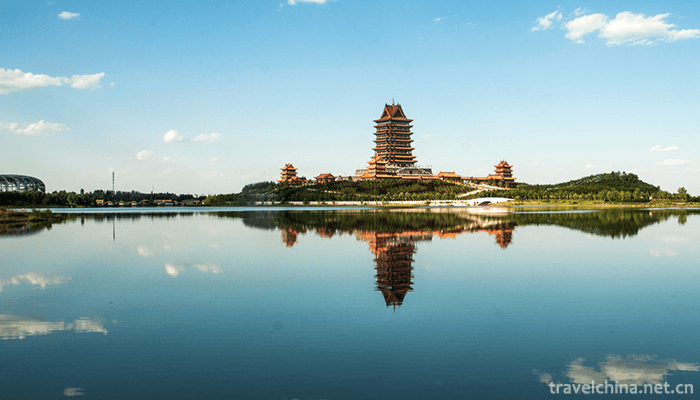

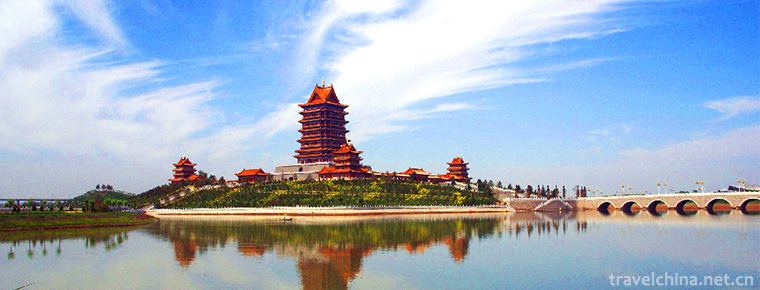
China Yellow River Building
-
Tomb of Zhang Qian
Zhang Qian's tomb was the tomb of Zhang Qian, an outstanding diplomat, explorer and pioneer of the Silk Road in the Western Han Dynasty. In the third year of Emperor Yuanding of Han Dynasty (114 years
Views: 264 Time 2019-03-16 -
Bai nationality tiedyeing skills
Bai tie-dyeing technology, the local traditional textile dyeing technology in Dali City, Yunnan Province, is one of the national intangible cultural heritage.
Views: 247 Time 2019-04-03 -
Traditional Sugar making Techniques
In the memory of many Wenzhou people, when they were young, they were short of doctors and medicines, but the old people had many earthen prescriptions which were very useful.
Views: 137 Time 2019-04-21 -
Taoist Drama
Taoist sentiment is a category of traditional Chinese folk art. It originated from Taoist songs such as Chengtian and Jiuzhen in Tang Dynasty. The Southern Song Dynasty began to accompany with fishing
Views: 289 Time 2019-04-25 -
Stilts
Stilts, also known as "Stilts Yangko", is a folk dance widely spread throughout the country. It is named for its many feet on stilts when dancing. Stilts have a long history, originating fro
Views: 101 Time 2019-04-30 -
Hangzhou Reviews
Hangzhou Ci Commentary, commonly known as Xiaoshu, is the traditional art of rap and singing in Hangzhou, Zhejiang Province. It is a kind of folk art that tells stories
Views: 213 Time 2019-05-02 -
Liuqin drama
Liuqin Opera, a local traditional drama in Zaozhuang City, Shandong Province, is one of the national intangible cultural heritage.
Views: 162 Time 2019-05-14 -
Legend of the Ancestors of the Loba Nationality
The legend of the ancestors of the Loba nationality is an organic part of the life of the Loba people, a mirror of the Loba society and a way of existence of the folk life of the Loba people.
Views: 135 Time 2019-05-15 -
Mongolian Long tune Folk Songs
Mongolian long-tune Mongolian is called "Uri Tudao", which means long song. It is characterized by fewer words, long-lasting, soothing and free, suitable for narration, and longer lyric.
Views: 211 Time 2019-06-04 -
Panwang Song
Panwang Song is a collection of Yao folk poetry. Mainly spread in the residential areas of the Yao nationality in Nanling Mountains, Jianghua is a folk literature with distinct national characteristic
Views: 142 Time 2019-06-08 -
Bronze Ware Making Skills Datong Copper Ware Making Skills
Datong bronze ware is a traditional handicraft of the Han nationality. It has a long history and exquisite craftsmanship. As early as the Northern Wei Dynasty, it enjoyed a great reputation. Since the
Views: 169 Time 2019-06-21 -
Bai Pu
Bai Po (1226 - about 1306), formerly known as "Heng", Ren Fu, later renamed Pu, the word is too plain, Lanlan Valley, Han nationality, ancestral home state (now Shanxi) Hequ ) Nanjing's Kaif
Views: 213 Time 2019-09-11
